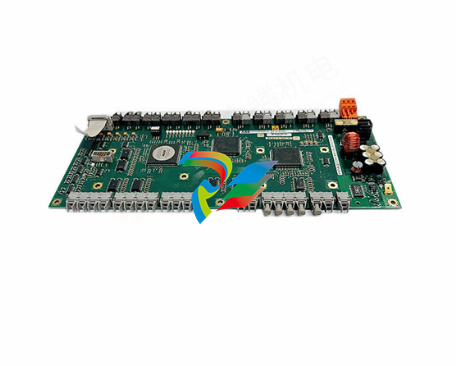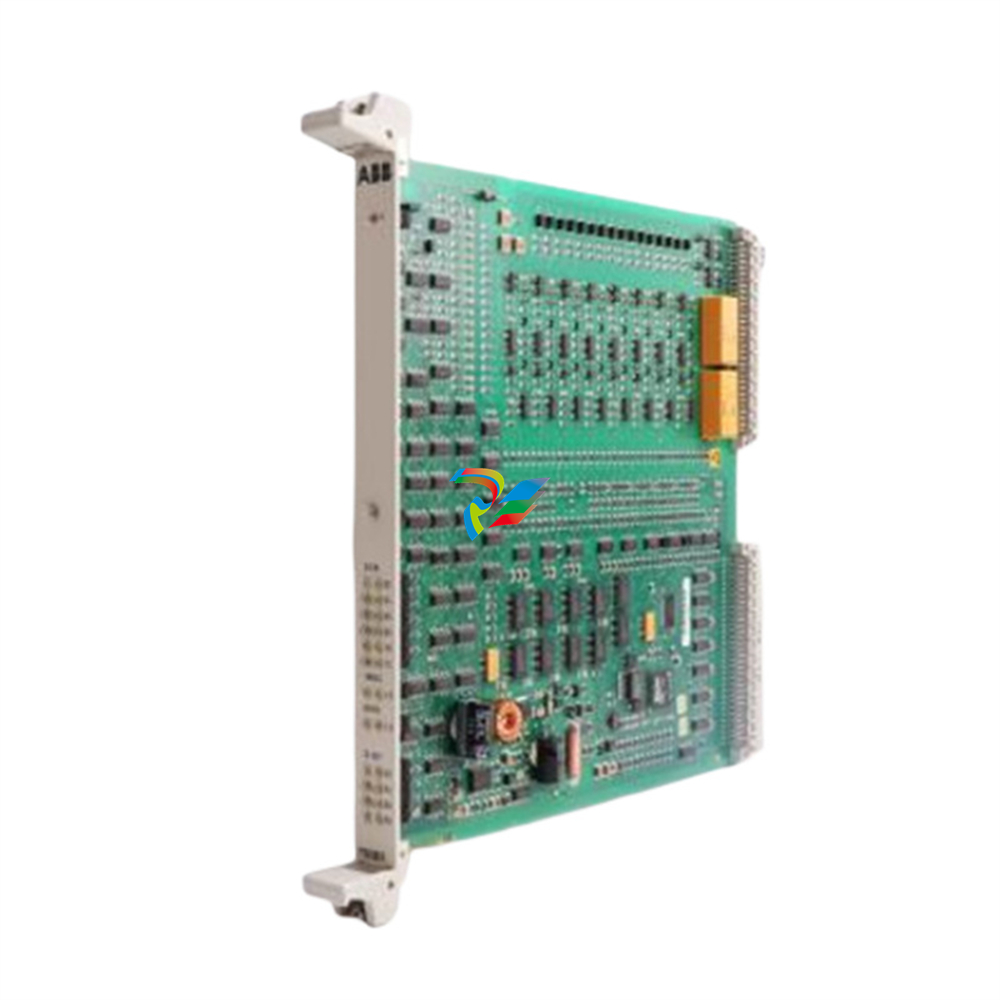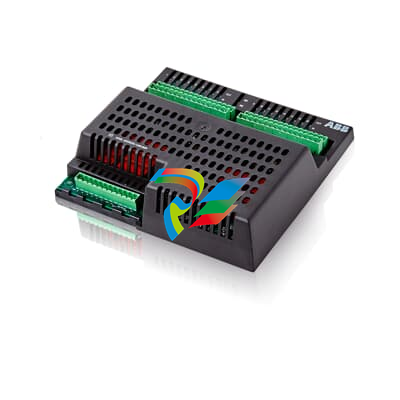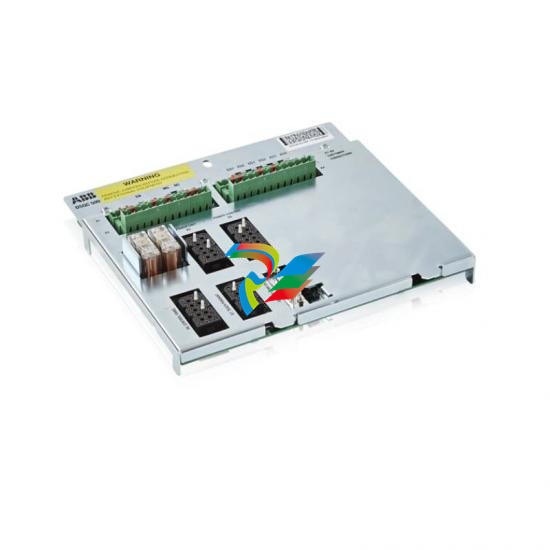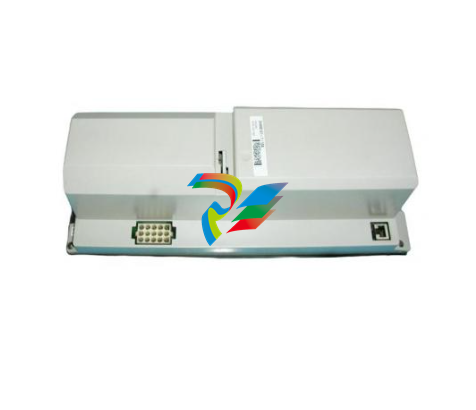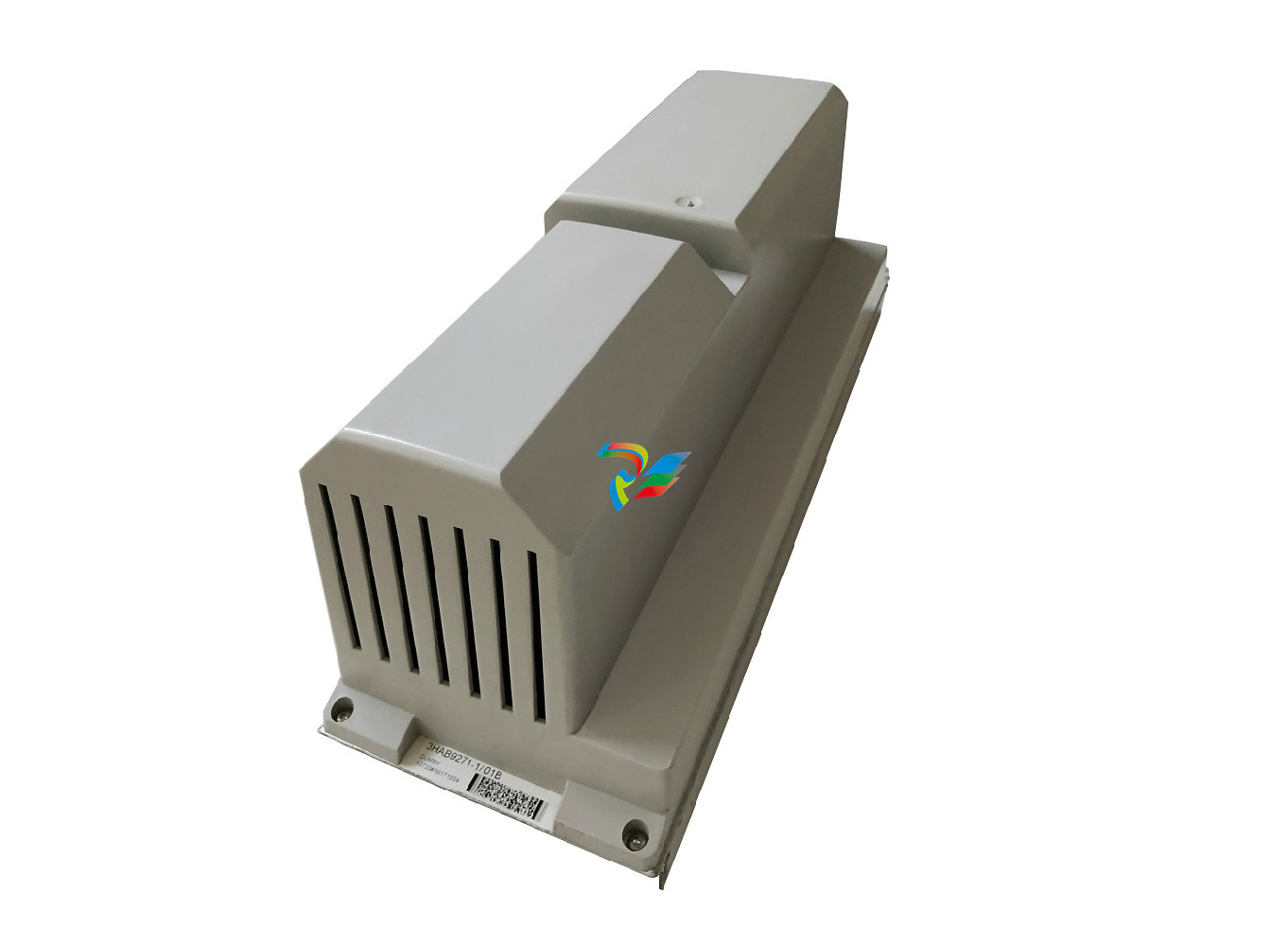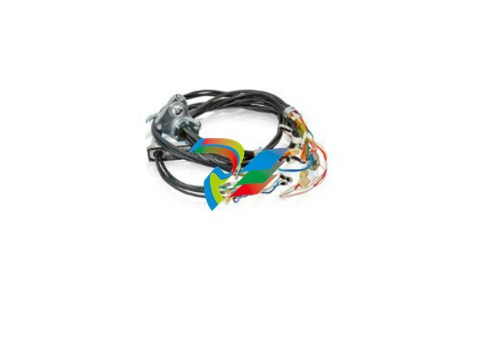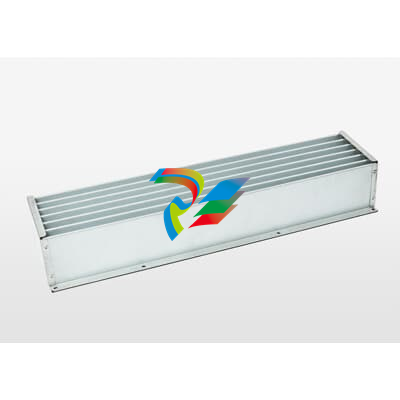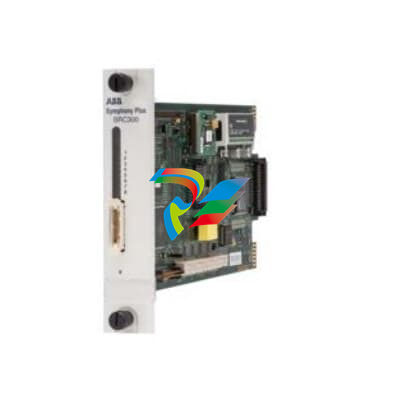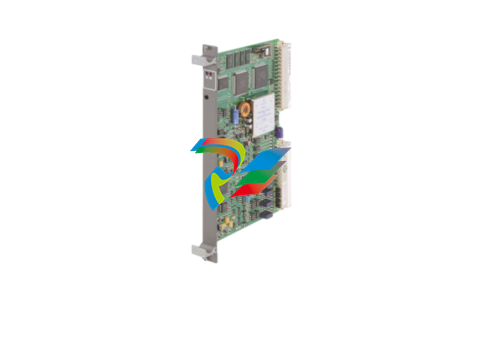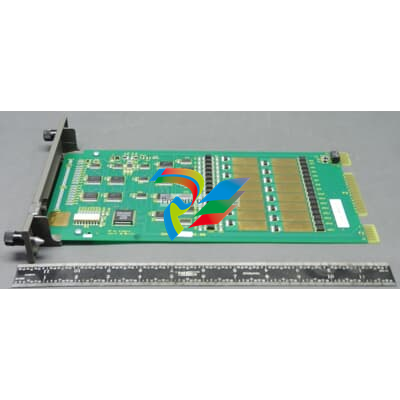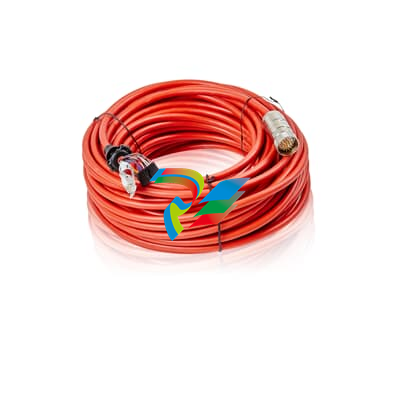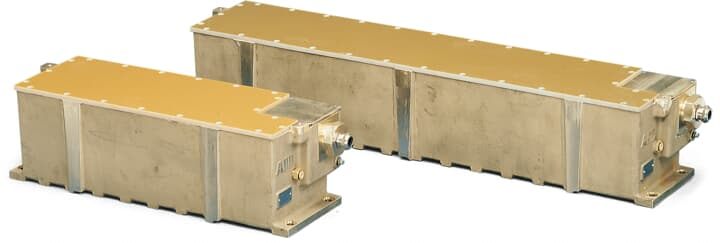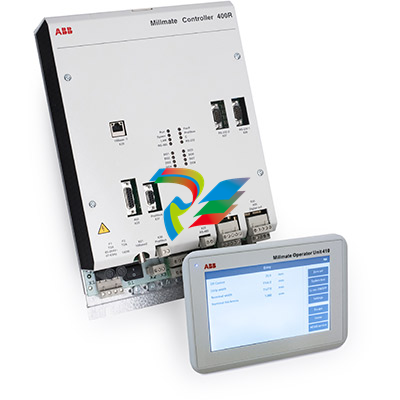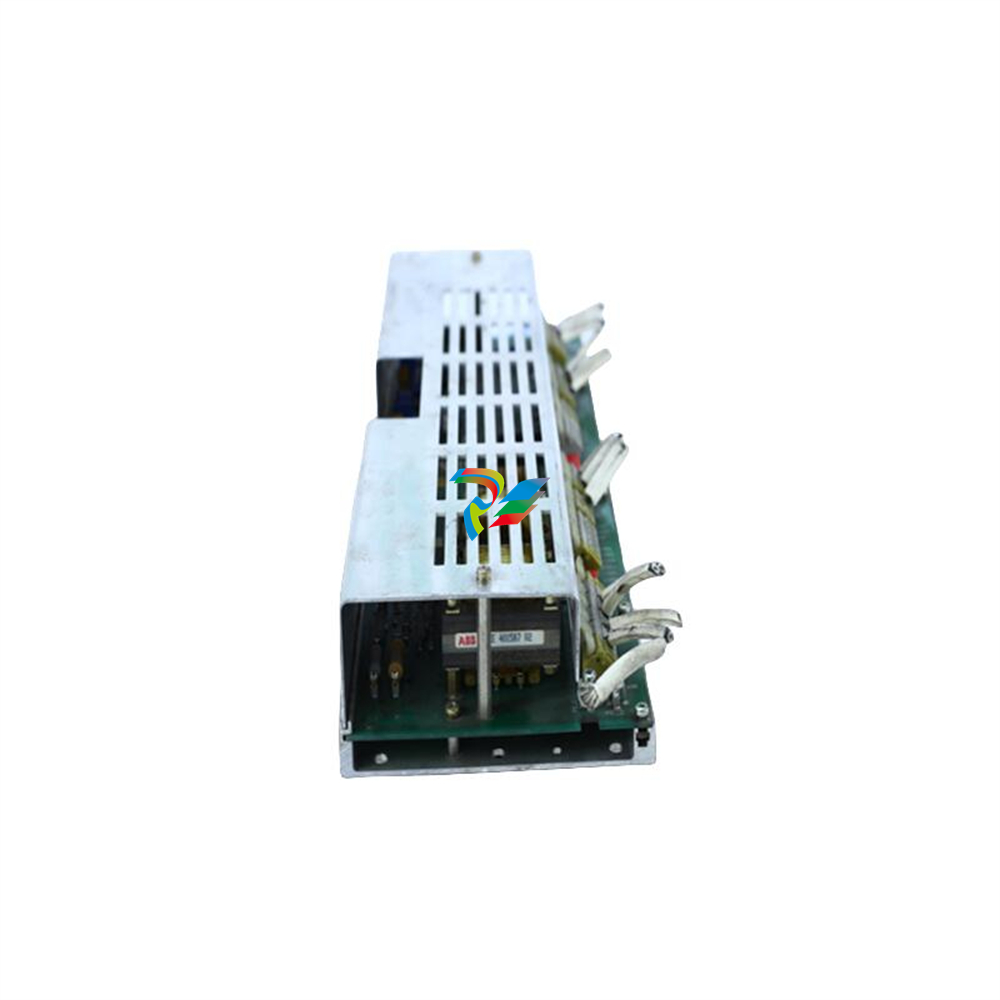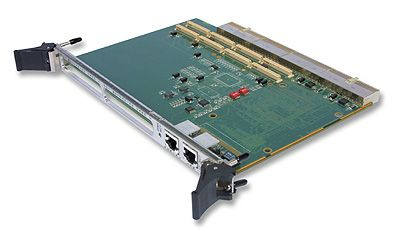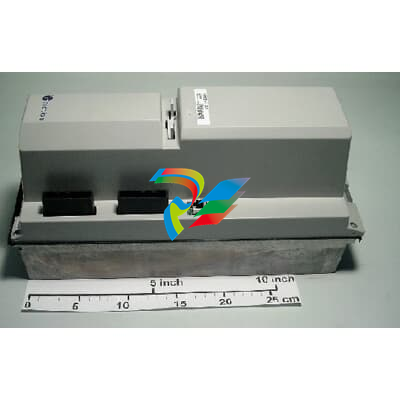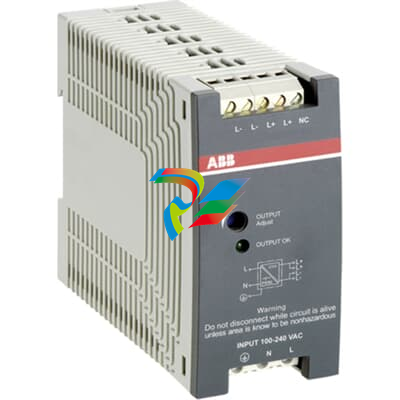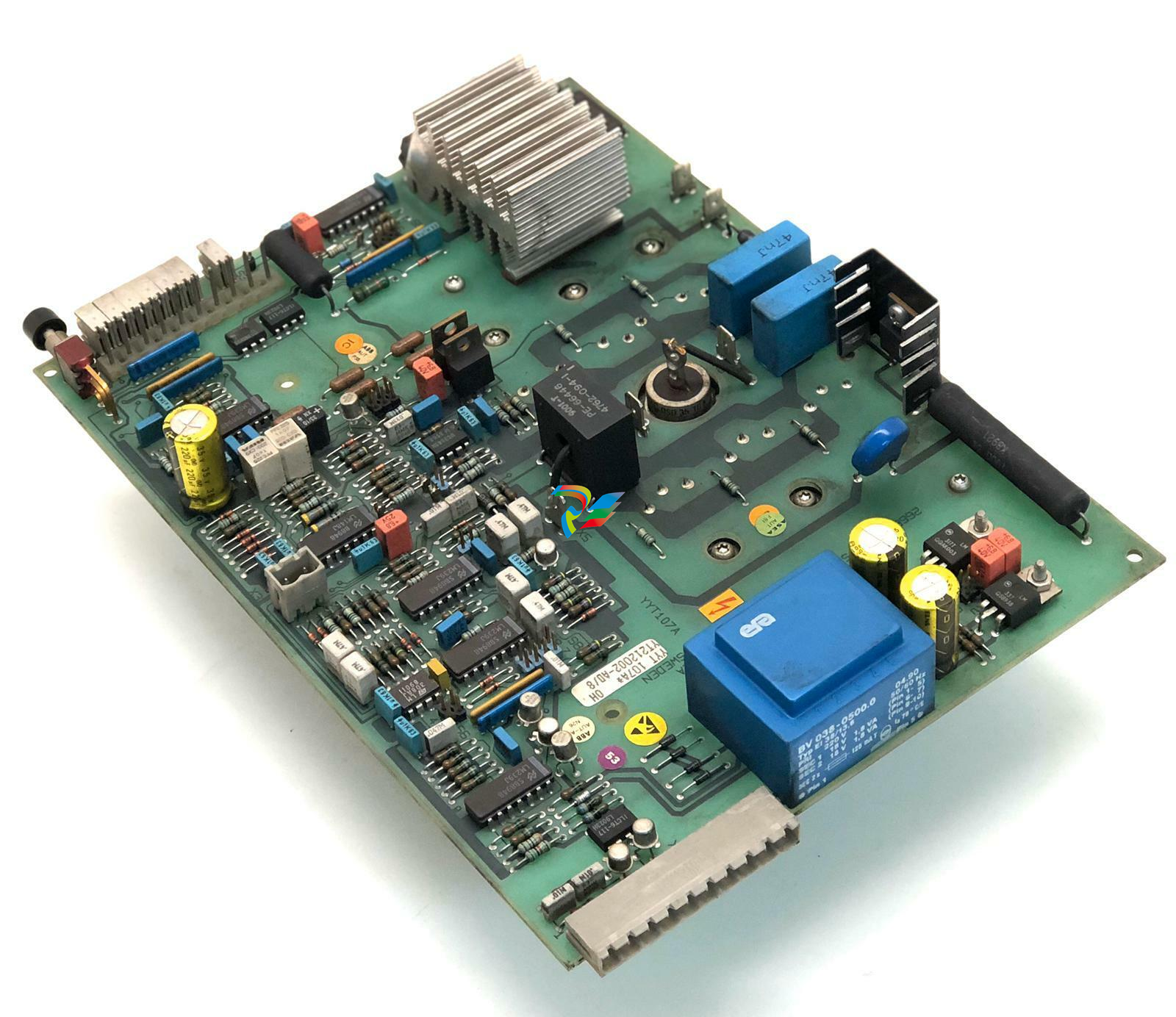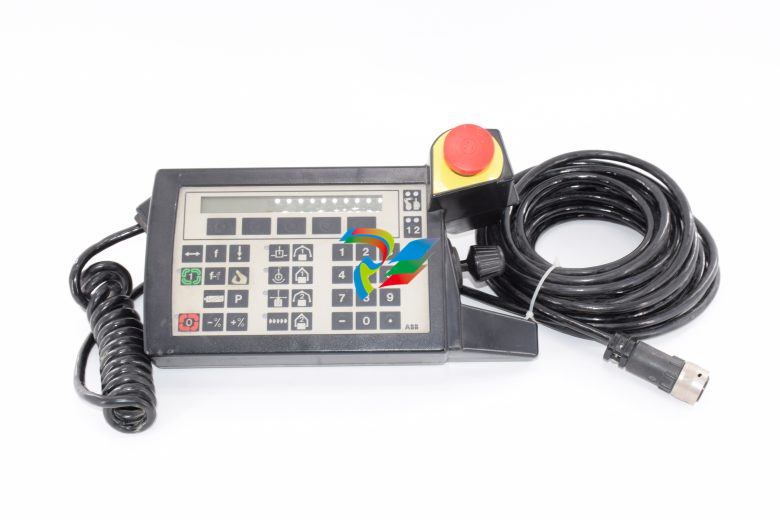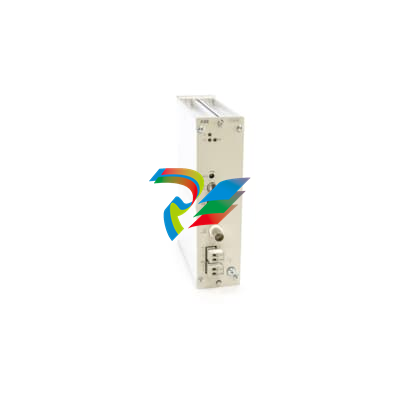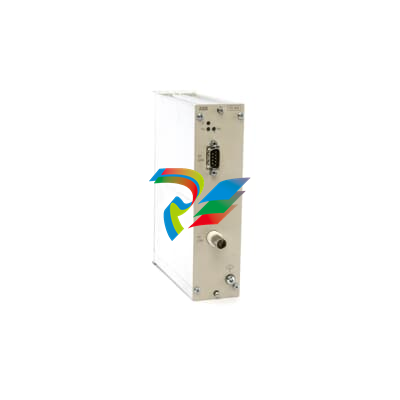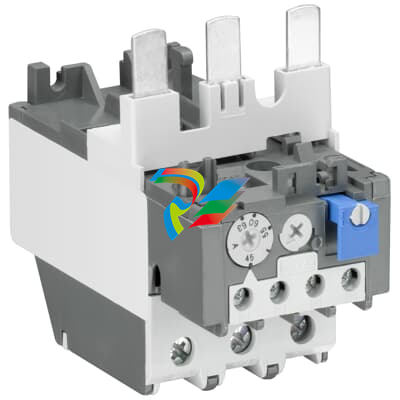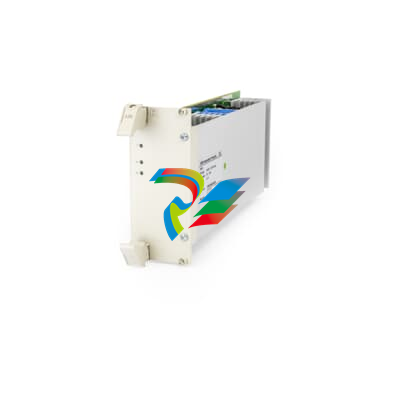
Summary of ABB REG216/REG216 Classic Digital Generator Protection Module
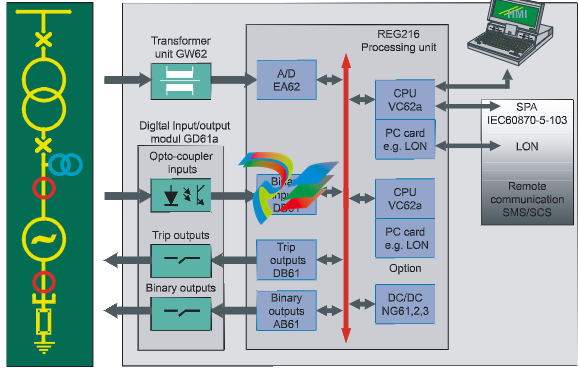
# Summary of ABB REG216/REG216 Classic Numerical Generator Protection Module (Based on document version: May 2005, 1MRB520004-Ben) ## I. Product Overview REG216/REG216 Classic is a **numerical protection system for generators and block transformers** launched by ABB. It adopts a modular hardware and software design, featuring high flexibility and adaptability to meet protection requirements of power systems of different scales. Its core features include: - **Version Differences**: REG216 uses the E/A module 216GD61a, while REG216 Classic uses modules 216GE61/216GA61 and 216GA62, with the main distinction lying in binary process interfaces. - **Design Goal**: Replaces multiple relays in traditional protection schemes, achieving cost-effective protection solutions through the combination of software libraries and hardware modules. - **Core Advantages**: Fully numerical signal processing, wide setting ranges, long-term stability, continuous self-monitoring capability, and standardized communication interfaces with station control systems. ## II. Application Scenarios Suitable for **standalone protection of generators, block transformers, and feeders**, covering various power system scenarios: - Adapts to generators and transformers with different grounding methods and capacities. - Supports single or redundant configurations, allowing selection of power supply and system-level redundancy based on reliability requirements. - Compatible with various process control systems, enabling bidirectional data exchange of digital states, events, measured values, and protection parameters. ## III. Core Protection Functions The system integrates a comprehensive library of protection functions, covering common fault types of generators and transformers. Key functions and their ANSI codes are as follows: | Protection Type | Core Functions | Typical ANSI Codes | |-------------------------|--------------------------------------------------------------------------------|--------------------| | **Differential Protection** | Generator differential (three-phase), transformer differential (2/3-winding), resistant to CT saturation with 2nd harmonic restraint. | 87G, 87T | | **Overcurrent/Earth-Fault Protection** | Definite/inverse time overcurrent, voltage-controlled overcurrent, directional overcurrent, supporting phase and earth faults. | 51, 50, 67 | | **Voltage Protection** | Overvoltage/undervoltage, residual overvoltage, applicable to stator/rotor earth faults (95% coverage). | 59, 27, 64 | | **100% Earth-Fault Protection** | Covers full-range stator and rotor earth faults based on the voltage displacement principle; requires REX010/011 modules. | 64S, 64R | | **Negative Sequence Current Protection** | Detects unbalanced loads with definite or inverse time delay (thermal replica) to protect rotors from overheating. | 46 | | **Frequency/Excitation Protection** | Over/under frequency, rate of frequency change (df/dt), overexcitation (U/f ratio) protection. | 81, 24 | | **Other Auxiliary Protection** | Loss-of-excitation (minimum reactance), reverse power, breaker failure, synchrocheck, thermal overload protection, etc. | 40, 32, 50BF, 25, 49 | ## IV. Hardware and Software Architecture ### 1. Hardware Structure Adopts a modular design with core components including: - **Interface Modules**: Input Transformer Assembly (216GW62, adapting to CT/PT signals); auxiliary relay assemblies (216GD61a/GE61/GA61/GA62, providing tripping, signaling relays, and optocoupler inputs). - **Processing Unit**: 216VC62a (32-bit processor, program stored in Flash EPROM, with RS-423 interface). - **Input/Output Units**: Analog Input Unit (216EA62, 24 channels, sampling frequency 600Hz at 50Hz); Digital Output Unit (216AB61); Tripping Output and Binary Input Unit (216DB61). - **Power Supply Unit**: 216NG61/62/63 (36-312V DC input, 24V DC output, supporting redundant parallel connection). - **Parallel Bus**: B448C (based on IEEE P896, supporting 32 master units, asynchronous data transmission, and integrity verification). ### 2. Software and Configuration - **Configuration Tool**: Menu-driven configuration via CAP2/316 software (supporting Windows NT/2000/XP), enabling online/offline programming and visualization of protection characteristics. - **Self-Monitoring**: Continuous hardware monitoring + periodic software testing, real-time fault detection and alarming, reducing the need for regular injection testing. - **Data Recording**: Disturbance recorder (up to 12 CT/VT channels, 16 binary signals, sampling rate 600/720Hz); event log (256 entries, timestamp accuracy 1ms). ## V. Key Technical Parameters - **Input Circuits**: Rated current 1A/2A/5A; rated voltage 100V/200V; frequency 50/60Hz; CT thermal withstand capability up to 250×IN (half-cycle surge). - **Protection Accuracy**: Differential protection operating time ≤30ms (IΔ>2IN); overcurrent protection setting accuracy ±5%; frequency measurement accuracy ±30mHz. - **Communication Interfaces**: Supports RS232C (9600bps), LON/MVB bus (fiber optic interface); protocols include SPA and IEC 60870-5-103. - **Environmental Adaptability**: Complies with EN/IEC EMC standards (ESD 6/8kV, RFI 10V/m); operating temperature -25~+70℃. ## VI. Configuration and Ordering - **System Configurations**: Offers 17 predefined rack configurations (M1-M25), covering single systems, redundant systems, and double systems, supporting various quantities of input transformers, relays, and redundant power supplies. - **Key Ordering Parameters**: Requires specification of rated current/voltage, optocoupler voltage, unit quantity, and interface type, with configurations clarified via subcodes (e.g., M-, A-, B-). - **Accessories**: Include fiber optic connection cables, disturbance recording analysis software (PSM505), HMI installation CDs, etc. ## VII. Core Advantages - **Flexibility**: Modular design + software library function selection, adapting to power systems of different scales and protection needs. - **Reliability**: Fully numerical processing, anti-interference design, and redundancy options ensure high availability. - **Usability**: Menu-driven configuration tool requiring no programming knowledge, supporting multi-language HMI. - **Comprehensiveness**: Covers full-range fault protection for generators/transformers, integrating measurement, monitoring, and communication functions. The REG216 series provides an efficient and reliable numerical solution for generator and transformer protection through its modular architecture and rich functions, widely applicable to power generation system protection in power, industrial, and other fields.


































































































